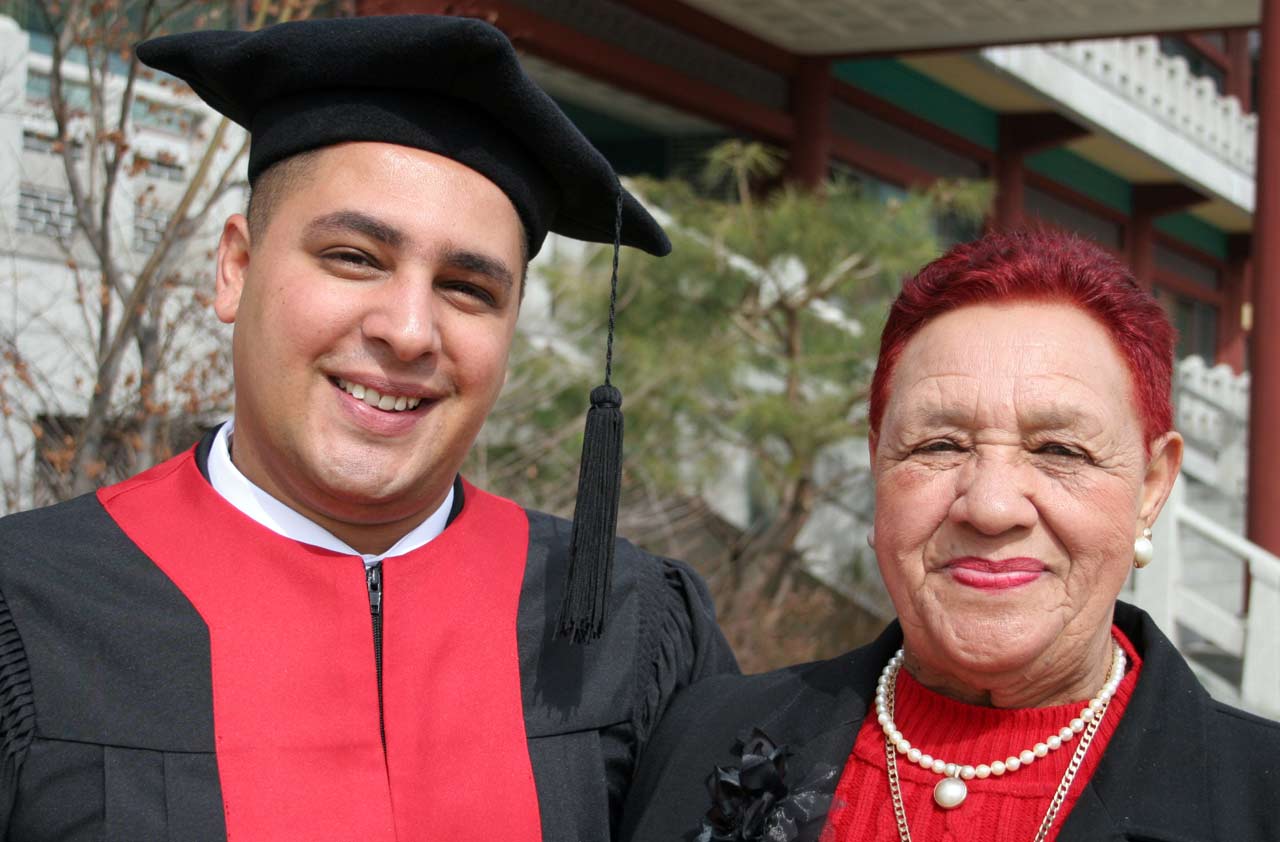Transfer Roth Funds to a 529?
It's usually not a good idea to tap your retirement account for college expenses -- but in some cases it makes sense.

I have a Roth IRA and would like to transfer or convert the account into a 529 college-savings plan. Can this be done?
A Roth IRA has two components: what you contributed and what the account has earned. You can't transfer earnings from a Roth IRA to a 529 without owing income taxes plus a 10% penalty, and you probably wouldn't want to. "Most people would want to keep as much as they could in their Roth for retirement savings," says Joe Hurley of Savingforcollege.com
However, you can withdraw Roth contributions at any time and for any reason, and a few scenarios might warrant taking some of that money and investing it in a 529 plan. It could be a good strategy if, for example, you need the money for college costs and you can get a state income-tax deduction for your contributions to a 529 plan and benefit from a few years of tax-free growth.

Sign up for Kiplinger’s Free E-Newsletters
Profit and prosper with the best of expert advice on investing, taxes, retirement, personal finance and more - straight to your e-mail.
Profit and prosper with the best of expert advice - straight to your e-mail.
Shifting some Roth contributions to a 529 also could improve your financial-aid situation. "If you decide you are going to have to tap your Roth to pay for college, you should realize that the distributions (not just the earnings, but the contributions, too) will be counted for federal financial-aid purposes," says Hurley.
Distributions from 529s, on the other hand, are not counted as income in federal financial-aid calculations, he says. So if you know you'll need to withdraw money from the Roth for college, you may be able to improve your financial-aid picture by switching the money to a 529 before the junior year of high school (generally the first year that is counted for financial aid) and investing it in a 529 then, says Hurley.
For more information about financial aid, see Everything You Need to Know About College Aid.
Get Kiplinger Today newsletter — free
Profit and prosper with the best of Kiplinger's advice on investing, taxes, retirement, personal finance and much more. Delivered daily. Enter your email in the box and click Sign Me Up.

As the "Ask Kim" columnist for Kiplinger's Personal Finance, Lankford receives hundreds of personal finance questions from readers every month. She is the author of Rescue Your Financial Life (McGraw-Hill, 2003), The Insurance Maze: How You Can Save Money on Insurance -- and Still Get the Coverage You Need (Kaplan, 2006), Kiplinger's Ask Kim for Money Smart Solutions (Kaplan, 2007) and The Kiplinger/BBB Personal Finance Guide for Military Families. She is frequently featured as a financial expert on television and radio, including NBC's Today Show, CNN, CNBC and National Public Radio.
-
 Who Pays the Most Taxes in the U.S.? Tax Burden by Age
Who Pays the Most Taxes in the U.S.? Tax Burden by AgeTax Burden Polls show that most people feel like taxes are unfair. But which age group bears the brunt of the tax burden in the United States?
By Kelley R. Taylor
-
 Tax Day 2025: Don’t Miss These Freebies, Food Deals and Discounts
Tax Day 2025: Don’t Miss These Freebies, Food Deals and DiscountsTax Day You can score some sweet deals on April 15 in some select restaurants like Burger King, Shake Shack, and more.
By Gabriella Cruz-Martínez
-
 Tax Tips for Transferring Excess 529 Plan Funds to Roth IRAs: The Tax Letter
Tax Tips for Transferring Excess 529 Plan Funds to Roth IRAs: The Tax LetterThe Tax Letter 529 plans can help blunt the cost of paying for college. But if you want to use leftover funds there are some tax tips to bear in mind.
By Joy Taylor
-
 529 to Roth IRA: Should You Rollover Unused Funds Before Year-End?
529 to Roth IRA: Should You Rollover Unused Funds Before Year-End?Thanks to the SECURE 2.0 Act, you can roll over funds from your 529 into a Roth IRA, as long as certain conditions are met.
By Erin Bendig
-
 You’ve Worked a Lifetime to Build Your Wealth. Here’s How to Keep It!
You’ve Worked a Lifetime to Build Your Wealth. Here’s How to Keep It!retirement Set yourself up for success by knowing what you want out of retirement, getting a grip on your spending needs and wants and then regularly checking whether you’re on track.
By Michael Torney, CFP®, JD, LLM (Taxation)
-
 Five Best Financial Gifts for Grandkids
Five Best Financial Gifts for Grandkidsgift ideas If you've been giving your grandchildren cash for the holidays, now is a good time to rethink that. There are other financial gifts that will help teach them the value of money and set them up for life.
By David Rodeck
-
 Fill Your Retirement Income Gaps – and Then Some
Fill Your Retirement Income Gaps – and Then Someretirement planning When drawing up your retirement income plan, you need to be prepared to cover these three different income gaps. If you don’t, you’d better be ready to cut back on your lifestyle or your legacy plan.
By Jerry Golden, Investment Adviser Representative
-
 How to Generate an Extra $20,000 a Year in Retirement
How to Generate an Extra $20,000 a Year in RetirementInvesting for Income That amount of money could change your life. Let me help.
By Jerry Golden, Investment Adviser Representative
-
 Getting a Pay Raise in 2020? Here's How to Make the Most of It
Getting a Pay Raise in 2020? Here's How to Make the Most of Itsavings Congratulations, you just got a nice bump in your paycheck. Don't blow it. Instead, enjoy some, and then make the rest really work for you.
By Lisa Brown, CFP®, CIMA®
-
 How to Help Grandchildren Pay for College
How to Help Grandchildren Pay for CollegePaying for College Follow these tax-saving strategies while gifting money to help fund their education.
By Emma Patch